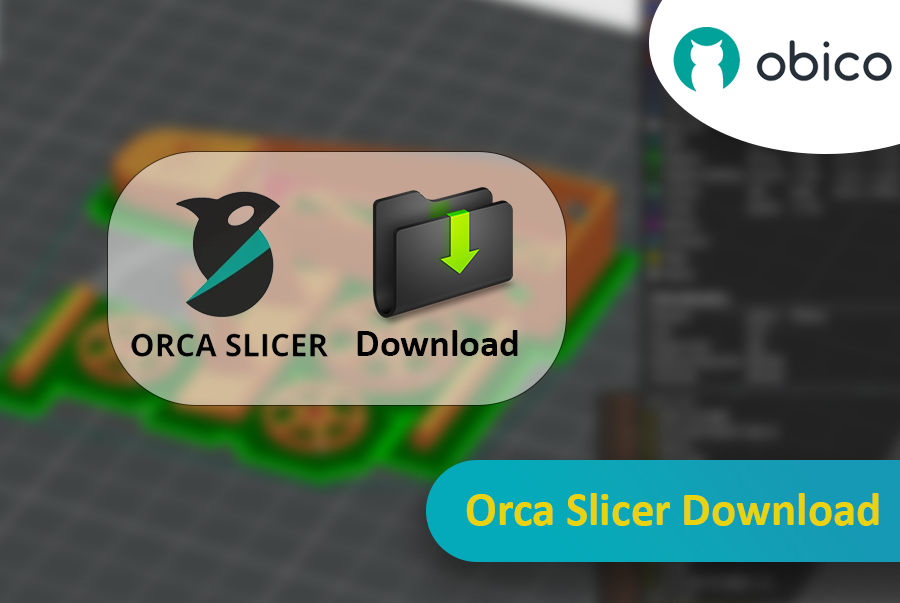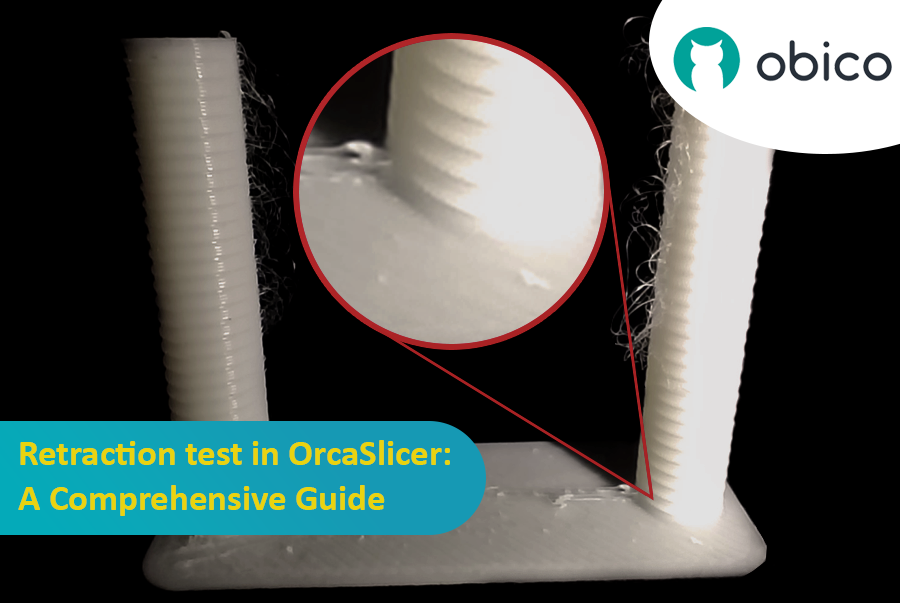Try JusPrin, the first GenAI 3D printing tool built on OrcaSlicer.
Se ti occupi di stampa 3D, sicuramente avrai utilizzato Cura o PrusaSlicer per suddividere i tuoi modelli. Questi strumenti sono necessari per convertire qualsiasi modello 3D in G-code, che contiene le istruzioni che la tua macchina può eseguire per stampare effettivamente il modello. Tuttavia, c'è sempre spazio per nuovi software che offrono funzionalità e opzioni diverse.

Orca Slicer è ciò che fa per te. È gratuito e basato su Studio di bambù. Ti offre più modi per personalizzare, controllare e ottenere risultati precisi per le tue stampe. Che tu sia un principiante alla ricerca di profili già pronti o un utente esperto in cerca di impostazioni avanzate, Orca Slicer fa al caso tuo.
Orca Slicer è nato come fork di Studio di bambù, che a sua volta si basa su PrusaSlicer, uno dei software di slicing open source più utilizzati. È stato sviluppato da Febbre morbida. Ha rapidamente guadagnato popolarità grazie al maggior numero di profili di stampa e alle opzioni di calibrazione di stampa più avanzate. È particolarmente utile se si desidera un maggiore controllo e dettaglio sulla resa dei modelli 3D.

